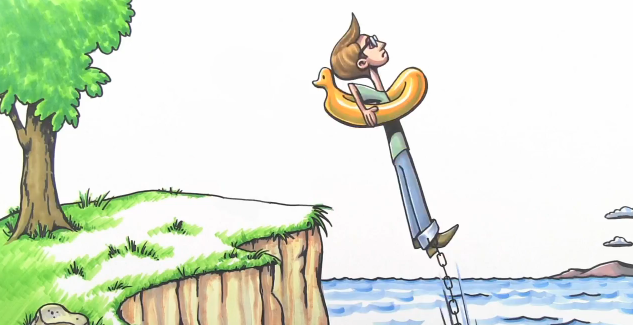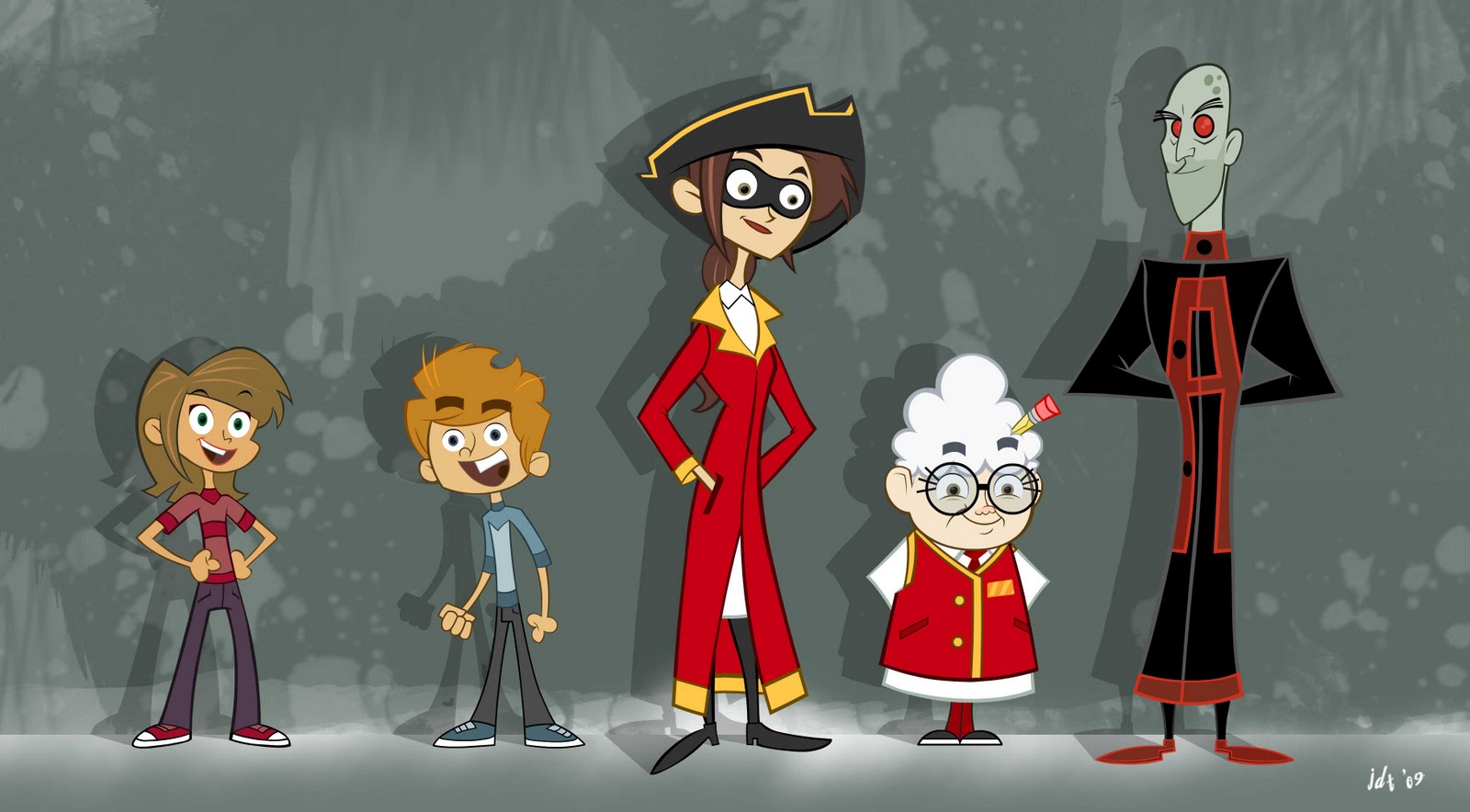
by Ydraw | Jan 15, 2013 | video
Don’t Forget!
Dealing with an audience is never as simple as it seems. We often take the things we know and have experienced and assume that the audience has experienced the same things. This can put up barriers of communication and can ruin any video. Complexity is the demise of corporations.
On December 4, 2012 I stopped in Vegas to get a little education at the SMX conference. I had just flown in from Dallas, where I had experienced a great workshop. The speakers were motivational. I left Dallas with a plan and some great ideas. When I arrived at the Aria in Vegas I saw an overwhelming crowd rushing into a conference room. I joined them and found myself sitting in the conference being held by Expedia, imagine that. How exciting for me to be able to listen in on a conference held by a huge corporation. I wasn’t an employee nor did I know anything about Expedia’s culture but I am a customer or should I say- I was a customer. My time in the conference room did not last. I was kicked out after the guy next to me saw I was taking notes on the speech of David Roche, the President of Hotwire.com. The reality is Expedia should have more customers sit in on their conferences. If they did, they just might change their message.
You see, I love seeing successful men get up and present in front of audiences it’s very inspiring. From what I could find on the internet, David Roche is a very successful business man. I set some high expectations for his speech and was looking to be moved. However, my expectations were quickly shut down. His speech was complicated and didn’t make much sense. Words like jargon, confusion, non-educational, and boring kept coming into my mind. He never mentioned one thing about me, the customer, nor did he mention anything about the employees. As the speech went on I became extremely bored, but I was not the only one. The audience, Expedia’s own, was yearning for entertainment and real education, which go hand in hand. He spoke nothing about making customers happy or the employees happy. He didn’t relate to them. No stories, no testimonials, no example- just plain confusion.
Remember that the audience isn’t always in on the story. Don’t make them feel like the third wheel with two friends who only speak with “inside jokes.” Speak to your audience in the way that you would want your product explained to you if it was the first time you’ve ever learned about it. Don’t be condescending either, just informative and patient. =)

by Ydraw | Feb 25, 2012 | Writing a Script
Video Script Writing: Another Form of Selling
Video Script Writing is nothing more than a power form of selling. Lets not forget what we create videos for! We want to win audiences over to our way of thinking. When you have a product or service that the world needs, it is your job to convince them to buy your product or service. It’s up to you–nobody else will do it for you.
That’s it folks. Ask yourself this question: “Are you getting the results you want from your marketing videos?”
Today while reading a couple articles about politics I began to think about the candidates. None of them are performing very well and it is my opinion that the reason is because they aren’t persuading the American people they are the right ones for the job. There is just no vision, no dream and definitely no real convincing power. They are so worried about bashing each other that they have forgotten how to persuade. Are you getting this? You can avoid making the same mistakes.
This last week I had the chance to go down to the 7 Speaking Empire Event in Florida. It was great and I really enjoyed the presentations. Everyone who got up on that stage had a way of expressing their hopes and dreams. They inspired the audience to take action. Not only did they inspire people to action, they did it in a positive, optimistic way. One particular presentation was given by Ted Thomas on Trial Closes. Here is a great quote by Ted:
“Most people are like automobiles. They can be pushed or pulled along or they can be moved to take action by starting their own motion from within. In either case, you must provide the fuel. And the only fuel that will start this sort of action from within you or anyone is “DESIRE!” Arousing desire in your listeners is known as the gentle art of exercising persuasion.”
Lest we forget that our job as video producers is to persuade, convince, and motivate people into action. We do that by implanting a desire. So how do we do this quickly and effectively? By planting seeds all through our conversation and presentation. This can really make a difference in your life!
+Jace Vernon
+Alecsy Christensen

by Ydraw | Dec 12, 2011 | Writing a Script
Script Writing 101: Know Your Audience
I love to read and hike, so when I saw a magazine article about a local hiking trail, I was intrigued. The article opened with a beautiful introduction, but after the first couple paragraphs, I was lost in sea of unexplained tangents. The author wrote about the scenery, the history, and her daughter and husband—unintentionally taking the article in a new direction with each topic. When I finished reading, I was left with more questions than answers. The promising article was quickly thwarted by the author’s inability to identify and connect with her audience.
Effective scripts require many successful components: an engaging hook, important facts about the product or service, but one aspect of a script writing stands above the rest—the audience. Proper knowledge of the audience, or target market, is the foundation to a successful script. You might have a product that will revolutionize humanity, but if you can’t convince your audience they need it, then the product will fail.
Avoiding Failure
While I sincerely believe we can learn a lot from our mistakes, I don’t want you to fail, so the first step to writing an effective script is a clear understanding of who will want or need your product or service. This is not an aspect of script writing where you can give a blanket answer, like stay-at-home mothers, or business professionals. Dig deep to uncover the nitty-gritty demographics of your consumers.
When I write, I like to create a fictional person to whom I can refer throughout the creative process. This might seem easy, but the character needs to resemble the target audience all the way down to the type of coffee they drink (or perhaps, don’t drink). Start by asking these questions:
1) Who is the target audience?
2) Are they male or female?
3) How old are they?
4) Are they single, married, widowed, or divorced?
5) What is their education level?
6) Where do they live?
7) How much money do they make?
8) Where do they work?
9) Where do they go when they’re not at work?
10) What is their tone? Casual? Professional?
I’m sure you get the idea, and maybe you will need to add more questions to really get into your audience’s psyche. Ask away! These questions help you identify with your audience and create a script that targets the important aspects of their lives: what makes them happy, sad, calm, and more importantly, what causes them pain. Not necessarily a physical pain but an annoyance that your product can solve.
Easing the Pain
This brings us to the next step: identifying and solving your target market’s pain and predicament as it relates to your product or service. Your product or service solves a problem for your audience. Because you’ve already created the product or service, you are aware of the problem. For the purposes of script writing, you not only need to be aware of the problem but you also need to strip the problem down to its very core. An effective time range for a video scribing video is anywhere from 60 to 90 seconds, so every word needs to count. To efficiently convey the problem and solution in a script, you should be able to explain the problem and solution in one or two sentences.
For example, every month my client’s network suffers attacks by a different virus, so my software eliminates their suffering by protecting their network against all virus attacks at a better rate than my competitors.
With a condensed version of your problem and solution, you will never lose site of the true target of your script. Condensing the problem and solution might be difficult, but it can be done. I have written scripts for corporations with very technical products, and I can always condense the problem and solution so it relates to the audience. It might take a couple tries, but you can do it.
No Dumping Zone
Your product or service is amazing; you will be tempted to make the product the focus of the script— resist. The last thing you want to do is use 60 to 90 seconds to dump a whole bunch of information about the product on your audience. The audience will not be able to decipher the information that pertains to them. As the expert, it is your job to identify the information that is important and show your audience only what they need to know. This can easily be accomplished by writing out a draft of the script, and then, as you read through it, ask: will my audience need to know the product or service does this? Does this entice my audience to purchase my product or services? If the answer is no, rework it or delete it. Try not to be depressed that you can’t fit all the information in. The most successful scripts are succinct and propelled by information that appeals to the specific audience.
The magazine article I read could have easily appealed to outdoor enthusiasts searching for a trail with historical value, but without direction and clear knowledge of a specific audience the message of the article was lost. You do not need to fall victim to a directionless script. Simply create a fictional character to represent your audience, identify a condensed version of the problem and solution as it pertains to your audience, and include only the information the audience needs to know about the product. By following these steps you will write a successful script for a video that will not fail.


